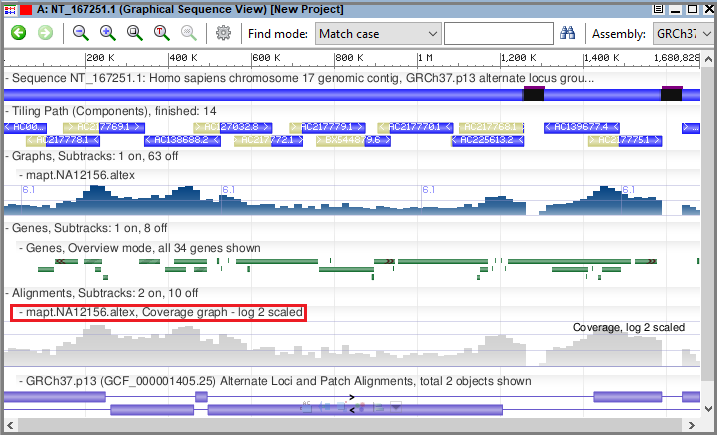

Track type=bam name="BAM Example One" description="Bam Ex. The line breaks inserted here for readability must be removed before submitting Is already on a public server - alignments of sequence generated by the In this example, you will create a custom track for an indexed BAM file that Size if necessary to speed up the display, at the cost of some items beingĭisplayed as unpaired when the mate is too far outside the viewed window. Paired mates will be found, pairSearchRange should be set to the However, searching a very large region can be slow, especially when theĪlignments have deep coverage of the genome. Viewed region in order to find mates of the alignments in the viewed region. Necessary to search a large number of bases upstream and downstream of the When paired ends are split or separatedīy large gaps or introns, but one is viewing a small genomic region, it is It allows for a tradeoff of display speed vs. PairSearchRange applies only when pairEndsByName is given. MinAliQual, bamColorMode, bamGrayMode and bamColorTag # track contains data only on listed reference assembly sequencesĭescribes the BAM track configuration page options corresponding to pairEndsByName, MaxWindowToDraw N # don't display track when viewing more than N basesĬhromosomes chr1,chr2. Visibility squish|pack|full|dense|hide # default is hide (will also take numeric values 4|3|2|1|0)ĭb genome database # e.g. Name track label # default is "User Track"ĭescription center label # default is "User Supplied Track" Other optional settings are not specific to BAM, but relevant: MinAliQual N # display only items with alignment quality at least N, default 0 PairSearchRange N # max distance between paired alignments, default 20,000 basesīamColorMode strand|gray|tag|off # coloring method, default is strandīamGrayMode aliQual|baseQual|unpaired # grayscale metric, default is aliQualīamColorTag XX # optional tag for RGB color, default is "YC" PairEndsByName any value # presence indicates paired-end alignments The track type and bigDataUrl are REQUIRED: Note if you copy/paste the above example, you must remove the line breaks.Ĭlick here for a text version that you can paste pairSearchRange= N bamColorMode= strand|gray|tag|off bamGrayMode= aliQual|baseQual|unpaired bamColorTag= XX minAliQual= N name= track_label description= center_label visibility= display_mode priority= priority db= db maxWindowToDraw= N chromosomes= chr1,chr2. Track type=bam bigDataUrl= pairEndsByName=. Parameters for BAM custom track definition linesĪll options are placed in a single line separated by spaces (lines are broken Management page, click submit and view in the Genome Browser.

bam to my.sorted, creating aīAM file of alignments ordered by leftmost position on the reference assembly. For more information about the command, run If converting a SAM file that does not have a proper header, the Convert SAM to BAM using the samtools program:.Align sequences using a tool that outputs SAM directly, or outputs aįormat that can be converted to SAM.Test your installation by running samtools with noĬommand line arguments it should print a brief usage message.įor help with samtools, please contact the The typical workflow for generating a BAM custom track is this: UCSC temporarily caches the accessed portions of the files to speed up Web-accessible server (http, https, or ftp), not on the UCSC server. This makes it possible to display alignments from files thatĪre so large that the connection to UCSC would time out whenĪttempting to upload the whole file to UCSC.īoth the BAM file and its associated index file remain on your Of the files needed to display a particular region are transferred to

Next-generation sequencing and analysis toolsįor custom track display, the main advantage of indexed BAM over PSLĪnd other human-readable alignment formats is that only the portions BAM is the compressed binary version of theĪ compact and index-able representation of nucleotide sequence alignments.


 0 kommentar(er)
0 kommentar(er)
